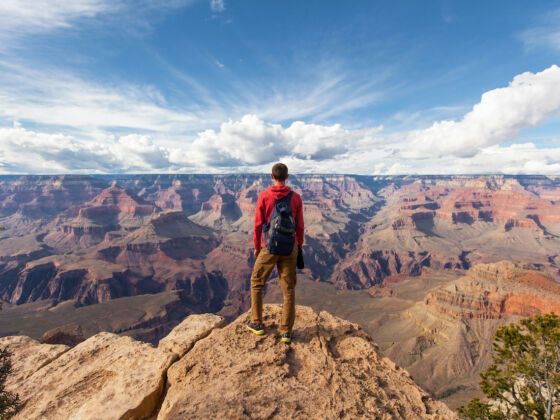The Grand Canyon: “America’s national treasure,” “America’s cathedral, “a church without a roof.” It’s a Wonder of the World and a World Heritage Site. Despite this, the National Park Service struggles to protect the grandeur of the canyon while sharing it with the world. The Grand Canyon is the second most visited National Park, after the Great Smoky Mountains, with five million annual visitors.
Now, nearly 100 years after it was declared a national park, the Grand Canyon is at the center of a development fight that would bring a lot more feet to its edges. Two miles east of the South Rim, Confluence Partners LLC — a Scottsdale-based development group that specializes in real estate and theme parks — is pushing to build a gondola to the bottom of the Grand Canyon. The gondola, also called the Escalade, plans to bring up to 10,000 visitors a day to the confluence, the point where the Colorado and Little Colorado Rivers meet and a site viewed as holy by Native Americans. Here’s what is at stake if the proposal is passed (knock on wood).
